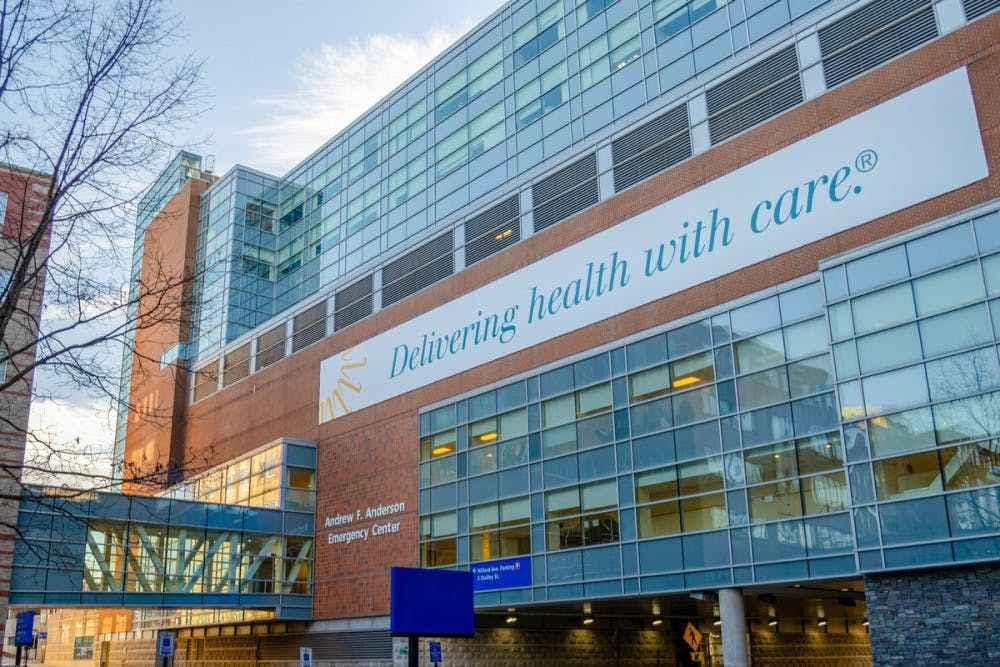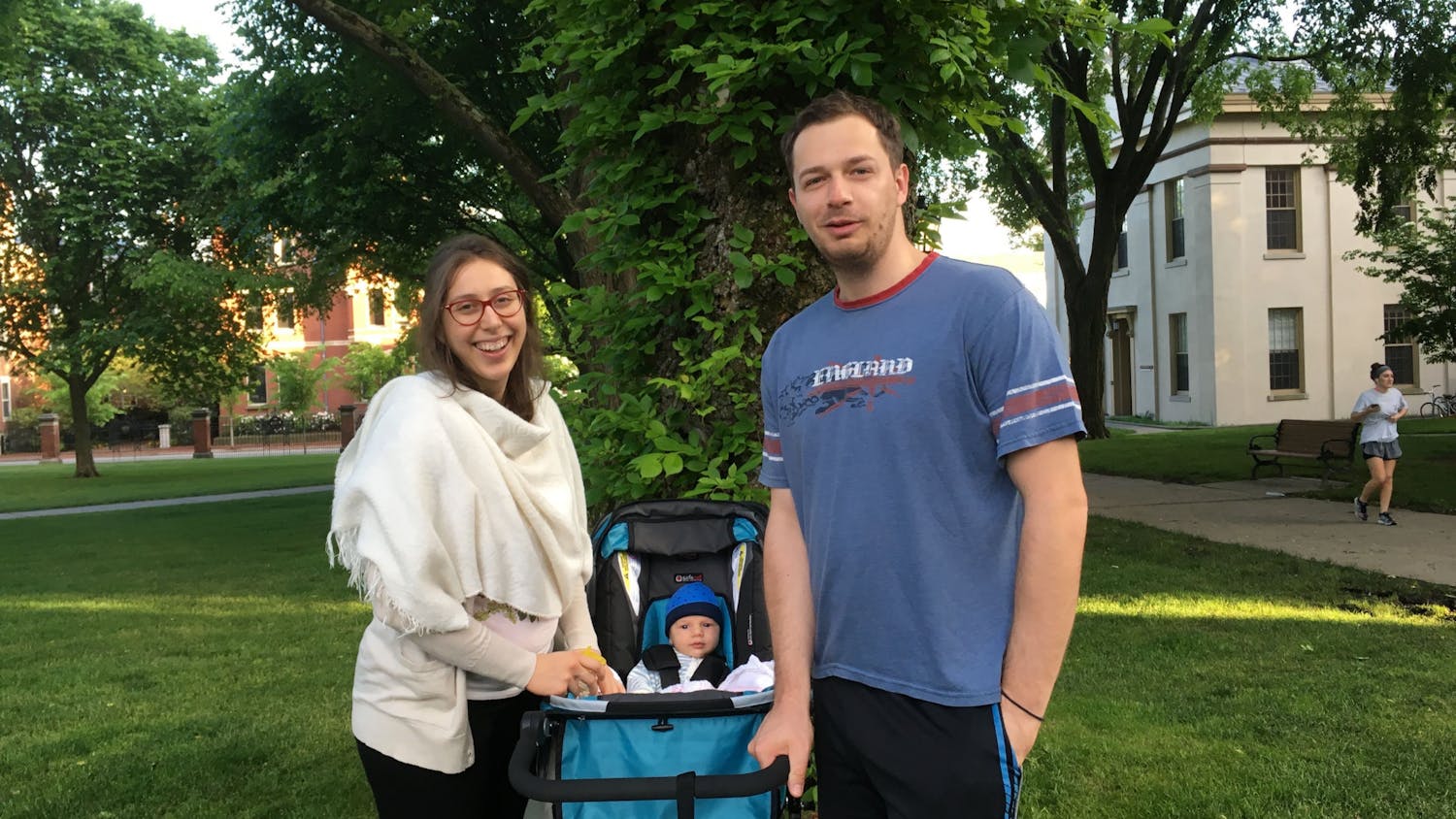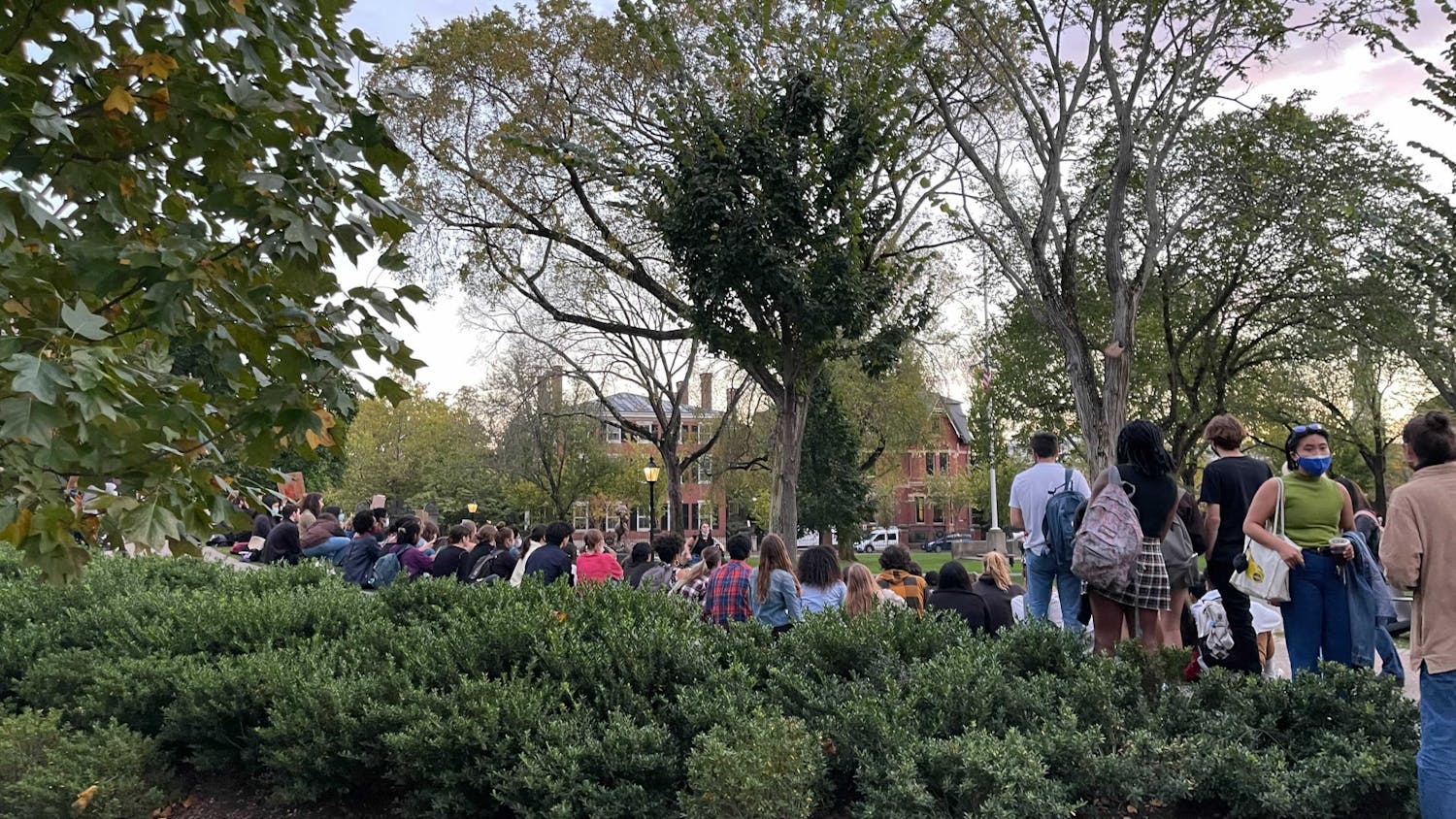Lifespan launched an initiative this fall to hire students as temporary workers to assist with the reduced number of general staff at Rhode Island Hospital, Hasbro Children’s Hospital and Miriam Hospital caused by the pandemic.
“Healthcare entities and hospitals across the country are feeling the impact of staffing shortages, so the program is intended to help address (that),” said Lifespan Senior Public Relations Officer Richard Salit.
Students can “develop marketable job skills, enhance resumes” and get the “experience of working in a field where it’s all about helping other people heal,” Salit said. “It’s giving students an opportunity to make money and feel that they’re also doing their part to help out the healthcare system and our hospitals at a time when it is a real challenge.”
Tasks include answering phones, delivering supplies and meals, helping with patient discharge, monitoring at-risk patients, managing administrative and patient data and providing emergency command center support.
Hired student workers are required to show proof of standard vaccinations, including COVID-19 vaccines, and must undergo training prior to beginning work at the hospital.
Training consists of several online modules as well as “spending the first day or first couple of shifts with a mentor” who can answer questions, Makoto Kobayashi ’23, who works as both a Lifespan volunteer and paid part-time worker, said.
This initiative is different from Lifespan’s volunteer opportunities as this is “paid work to students who are willing to take on shifts for four to eight hours long and in critical, clinical and operational services,” Salit said.
Kobayashi’s volunteer work began at Rhode Island Hospital this summer, while his paid work began this semester at Miriam Hospital.
“I wanted to apply because this is a job that gives me a different insight (into) the hospital,” Kobayashi said.
His volunteering responsibilities include going around patient beds and offering blankets, books, magazines, stress balls and puzzles to the patients at Rhode Island Hospital emergency department rooms.
In the temporary paid position, Kobayashi said that he works “directly with patients — transferring patients from waiting rooms to the triage — and talking with the charge nurse about which rooms are clean, which patients need to go back and also cleaning the beds.”
Addie Allen ’25, a former Herald copy editor, said that her responsibilities as a paid part-time worker — answering the phones, restocking supplies that are short on the hospital floor and transporting patients — are to “support the hospital staff.”
“I saw that the hospitals were needing help, and I’m also interested in the field of medicine, so I thought it would be really beneficial to help out in a busy time with understaffing and also get relevant experience in the hospital setting,” Allen said.
Temporary staff can create their own schedules and work four-hour shifts at their own convenience, totaling anywhere from four to 40 hours per week. Lifespan management determines where need is greatest, assigns students to one of the three hospitals and allocates specific tasks at that location, according to Salit.
Allen usually works on weekends but notes that the flexibility in shifts helps with scheduling around classes.
So far, the temporary hiring of student workers has been “pretty successful,” Salit said. Lifespan had hired nearly 50 student workers from Rhode Island schools including Brown, University of Rhode Island and Community College of Rhode Island as of a Nov. 11 interview with The Herald. “There’s another more than 100 (students) that are in the pipeline,” Salit added.
“It’s really great to get a direct view on emergency departments, … triaging and how nurses evaluate the patients and their conditions to get them either discharged or accepted into the hospital,” said Kobayashi, a biology and anthropology concentrator who plans on attending medical school. “There’s actually a lot of monitors and lingo people use that I’m constantly writing down and looking up, so it helps me learn a lot more about the field I’m trying to get into.”
“Having more people join in this mission of providing health care to the community is really encouraging for people who work here,” Salit said. “Giving students an opportunity to see what working in health care is all about, especially during a pandemic, is something that everybody here is excited about.”
Gabriella is the Senior Science & Research Editor of The Brown Daily Herald. She is a junior from San Francisco studying neuroscience on the premedical track.





